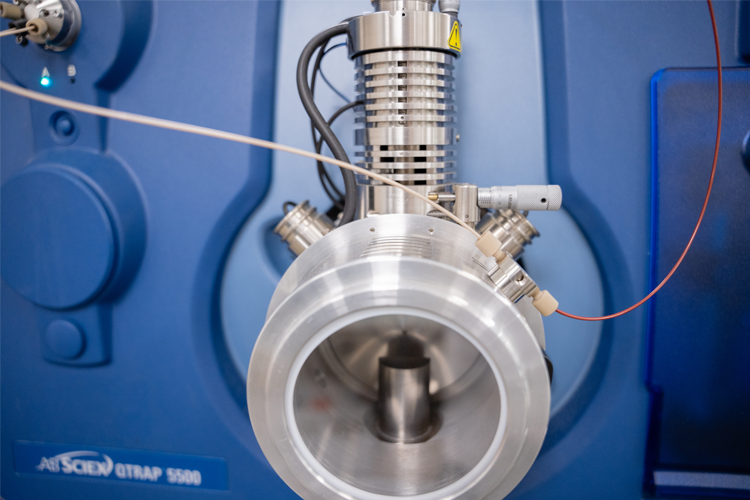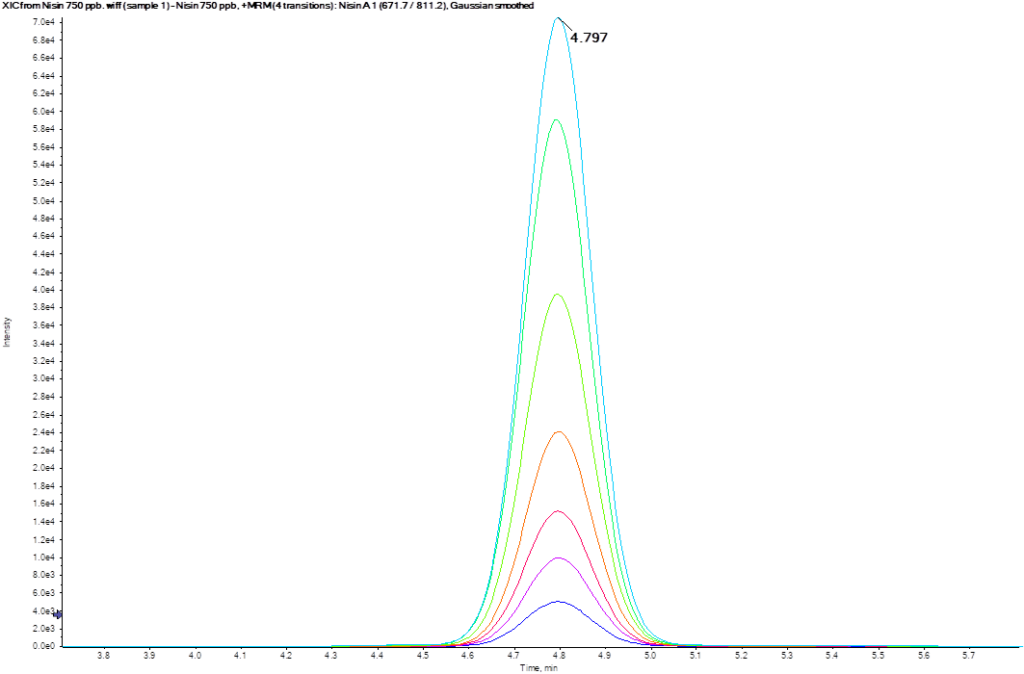At early drug development stages, chemical stability of a molecule is a pivotal factor for a novel drug candidate to pass to preclinical phase. A compound showing major instability issues will require more complicated manufacturing, formulation and storage conditions.
However, since most of the molecules fail before reaching clinical stages, stability studies at early stages must be efficiently designed. Such stress testing studies are carried out using forced degradation conditions of elevated temperature/humidity, hydrolysis at extreme pH, oxidation or photodegradation and are shorter in duration than the stability studies of drug products expected for regulatory submissions.
The goal at this early stage is to determine as soon as possible whether a compound has stability sufficient to be handled and also learning on the impurity profile and degradation mechanisms to latterly improve its stability with minor chemical modifications by incorporating adequate excipients and packaging materials.
Our HPLC-PD -QTOF is the optimum analytical platform to efficiently develop an HPLC-UV method for the impurity profiling gathering the maximum information from the stress test of a novel drug candidate. Furthermore, the impurity profile will allow to develop the stability indicating method (SIM) usually by HPLC-UV separating the analyte from the potential degradation products and impurities that are specific to the compound and synthetic route being evaluated.




